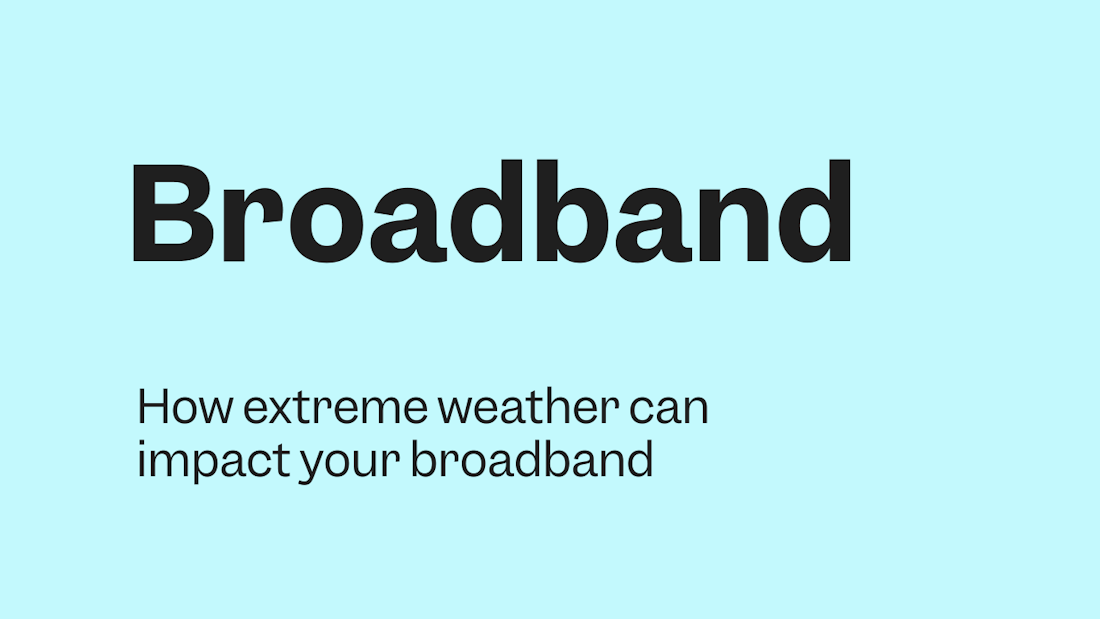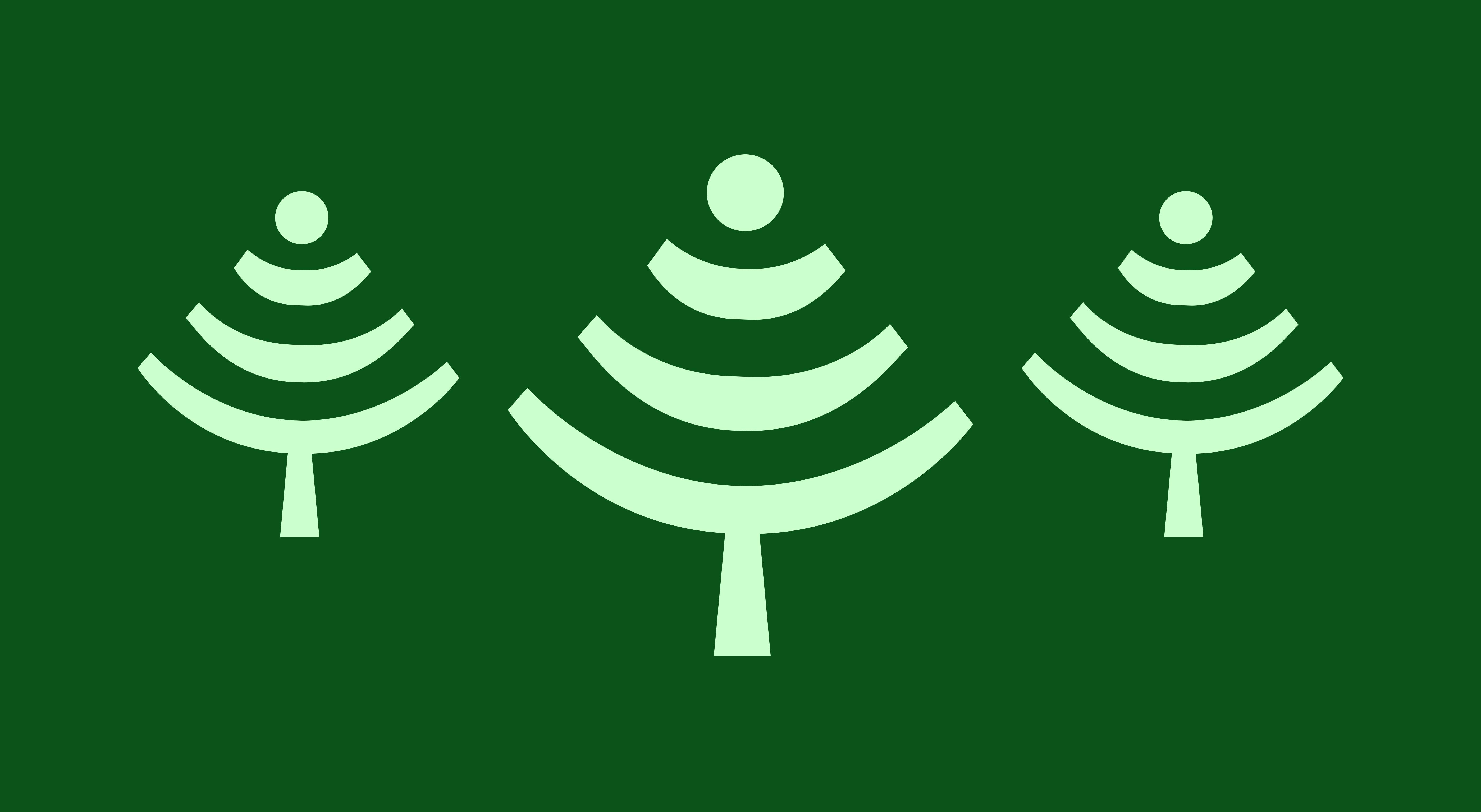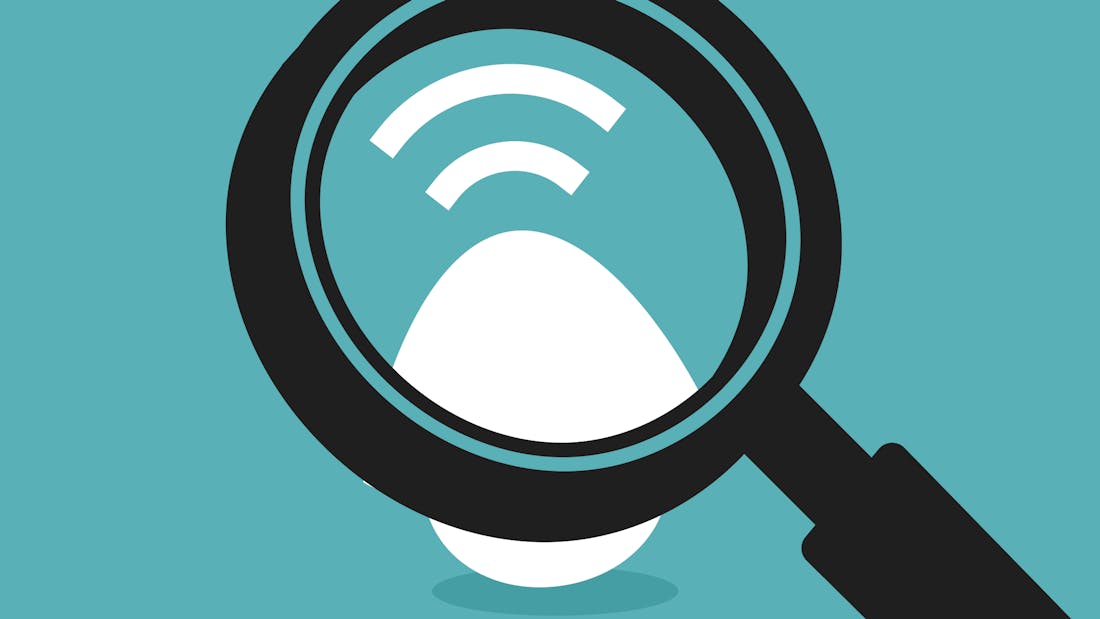
- ArticlesBroadband
How the weather can impact your broadband connection
The gale force winds, heavy rain and extreme temperatures we’re increasingly facing can have an impact on your broadband.


Josh G | Social Media & Content Lead
Think ‘environmentally friendly’ and you’ll probably picture solar panels, electric cars, paper straws and all the other usual green suspects. So it might surprise you to learn that switching to full fibre broadband can also be added to the list of ways to be kinder to the planet.
Switching to full fibre isn’t just a smart decision for your home or business. It can also play a big role in shaping a sustainable, carbon-neutral future. From energy efficiency to reduced emissions, let’s take a look at how.
Full fibre broadband uses fibre optic cables to deliver the internet right into the building, replacing the old copper cables. Made from naturally abundant silicon (which gets turned into glass), fibre optic technology is far more sustainable compared to the destructive mining processes required to create copper cables.
Built with a protective coat, fibre optic cables are more durable. This makes the fibres more robust, more resistant to corrosion and less likely to be damaged by extreme weather. All of which means they need repairing and replacing much less often, improving their sustainability. Great news for those in remote areas where outages have major consequences.
Fibre optic cables massively outperform copper, requiring around 70% less energy to transmit the same data over longer distances. Because they have a lower resistance, they lose less power and generate less heat. Full fibre also eliminates the need for cooling equipment in the exchange, leading to a big reduction in energy consumption and emissions.
Because there are fewer electrical components in fibre optic systems, the hardware is smaller and easier to recycle. Better still, the new cable can follow the same route as the copper cable being replaced, so there’s no need to dig so much new ground. This makes it much greener with fewer trees being cut down and lower maintenance costs.
As you can see, switching to full fibre broadband goes way beyond fast, reliable connectivity. It has a real impact on the environment. So if you fancy broadband that’s good for car chases, zapping aliens and the planet, get in touch with Cuckoo about upgrading today.

The gale force winds, heavy rain and extreme temperatures we’re increasingly facing can have an impact on your broadband.

Full fibre broadband (also known as FTTP: Fibre to the Premises) is currently being installed across the whole of the UK. That’s great, but what does it mean? Discover what it actually is in the guide.